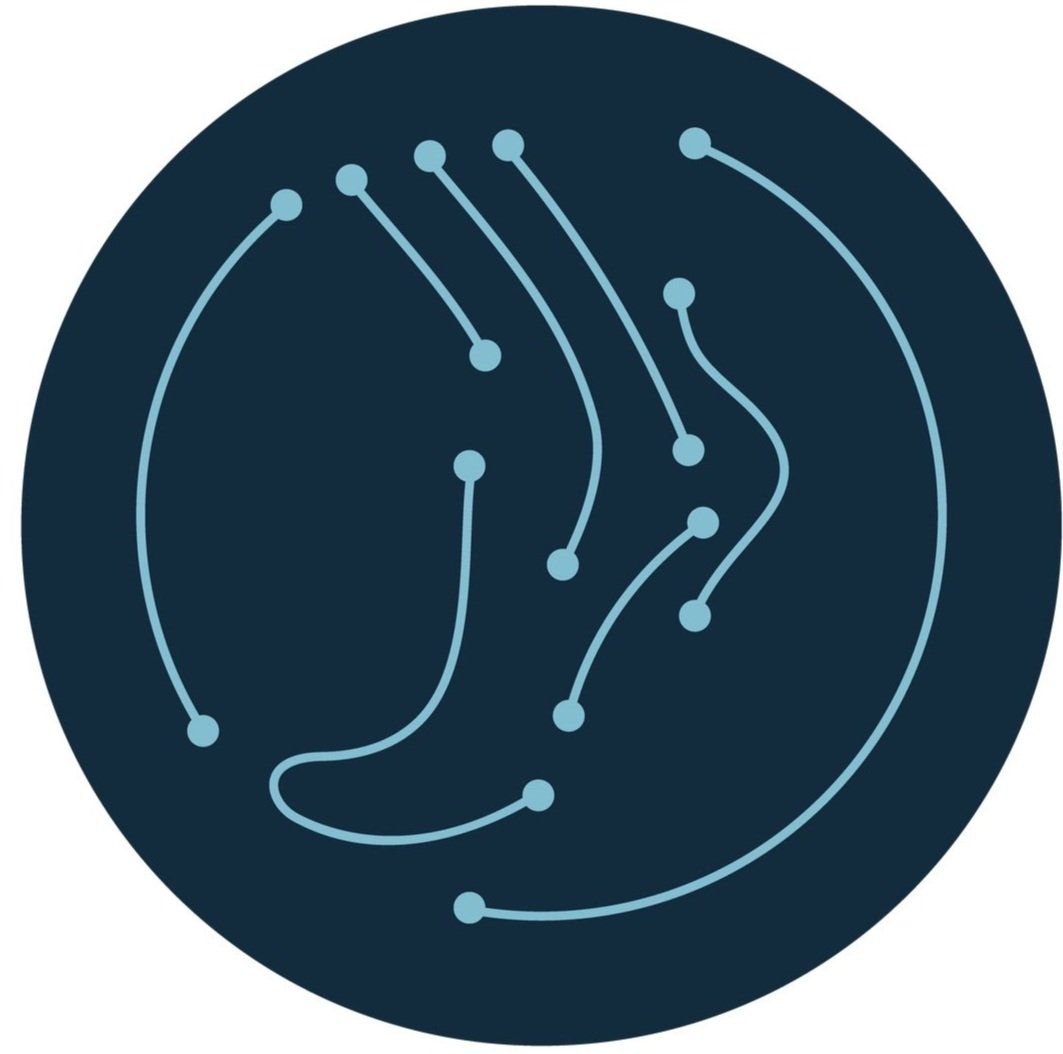Calluses Specialists
A callus is a very common reaction to friction or pressure against the skin. They’re usually not serious, but you may not like their appearance, and there’s a risk of complications if you have diabetes. The team of experienced podiatrists at Utah Podiatry, a foot and ankle clinic, in Logan and Tooele, Utah, is experienced in treating calluses and can offer effective treatment options to ensure you have smooth skin once again. To schedule an appointment, call the office nearest you or request one online today.
Calluses FAQs
What is a callus?
A callus is a thick, hardened layer of skin that forms from pressure and friction. Calluses are common on your feet (especially the soles), toes, hands, and fingers. They result from your skin trying to protect itself from injury.
Many people develop calluses from issues with their footwear, including not wearing socks or wearing tight-fitting, loose-fitting, or high-heeled shoes. If your feet or toes repeatedly rub against your footwear, it’s likely you’ll develop a callus.
Calluses often accompany other foot issues that cause increased friction, including bunions, hammertoe, and bone spurs.
A callus may feel lumpy to the touch but also less sensitive to touch than the surrounding skin.
Do calluses require treatment?
A callus doesn’t necessarily require treatment, especially if it’s mild and causes minimal symptoms. Regardless, you may still want to figure out what’s causing the callus, whether your shoes don’t fit properly, are worn out, or you have additional foot problems. If you avoid the repetitive action that causes the callus, the callus usually heals on its own.
You should schedule an appointment at Foot & Ankle Specialty Clinic if your callus is painful. It’s unsafe to try removing the hardened skin yourself at home because this can lead to infection.
Calluses are a more serious medical concern if you have diabetes. Calluses may break down and form diabetic foot ulcers, which are highly prone to infection and can lead to serious complications.
How are calluses treated?
If your callus doesn’t resolve on its own, or you have diabetes, your podiatrist at Utah Podiatry can treat it through approaches including:
Using a scalpel to pare down the excess skin
Applying callus-removing medication containing salicylic acid
Orthotics, or custom-made footwear inserts, to relieve pressure on the affected area
If a foot deformity causes you to form a callus, custom-made orthotics can correct the problem and leave you callus-free in the future.
If a diabetic foot ulcer forms under the callus, your podiatrist at Utah Podiatry, a foot and ankle clinic, may recommend a procedure called debridement. Debridement involves removing dead tissue from your foot. This allows the wound to heal properly. Your podiatrist may also recommend specialized diabetic footwear to support and protect your feet.
To get treatment for a callus, request an appointment at Utah Podiatry, a foot and ankle clinic, online or over the phone today.
Utah Podiatry
Board-Certified Podiatrist, Foot and Ankle Surgeon located in Logan & Tooele, Utah


